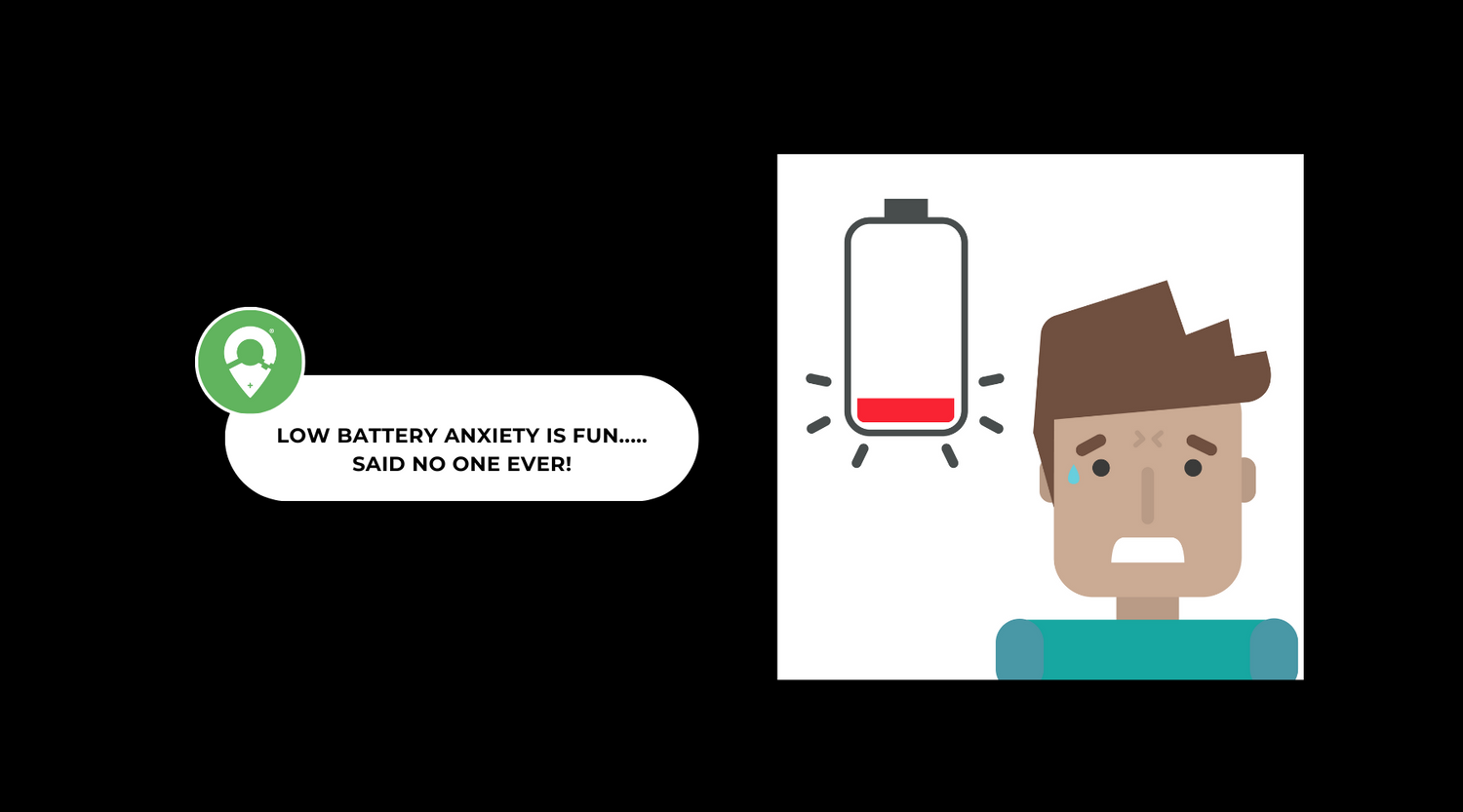In a world where our smartphones are practically extensions of ourselves, the quest for seamless, convenient charging solutions is an ongoing saga.
The sight of tangled cables and frantic searches for outlets has become all too familiar. But what if there was a way to charge your phone without even plugging it in? Enter exterior induction phone charging, a technology poised to revolutionize the way we power up our devices.
Imagine strolling through a park, sitting at a café, or even driving your car, all the while effortlessly replenishing your phone's battery. Exterior induction phone charging promises precisely this convenience by wirelessly transferring power from a charging pad to your device through electromagnetic fields.
At first glance, the concept might seem straight out of science fiction, but it's very much grounded in reality. Inductive charging, also known as Qi wireless charging, isn't entirely new. We've seen it in various forms, from charging pads for smartwatches to wireless charging mats for smartphones. However, what sets exterior induction phone charging apart is its ability to integrate this technology seamlessly into our surroundings.
The implications are profound. No longer would we need to hunt for outlets or carry around bulky power banks. Instead, charging infrastructure could be embedded into everyday objects and environments. From benches in public spaces to countertops in cafes, the possibilities are endless. This not only enhances convenience but also contributes to a cleaner, more organized urban landscape.
But how does exterior induction phone charging work, and what are the challenges it faces?
At its core, the technology relies on electromagnetic induction. Charging pads, equipped with coils of wire, generate an oscillating magnetic field when connected to a power source. When a compatible device, typically equipped with its own coil, is placed on the pad, the magnetic field induces an electric current in the device, effectively charging its battery.
One of the primary challenges of exterior Qi induction phone charging lies in temperature range, too hot or too cold could make the unit inoperable. Housing the units in weatherproof & ventilated boxes fixes these issues. Architects & furniture designers have always pushed the boundaries when it comes to latest tech, integrating Qi wireless charging is now on their list too.
The promise of exterior induction phone charging is too compelling to ignore. Beyond the realm of personal convenience, the technology holds the potential to reshape entire industries. For instance, in the automotive sector, we could see the integration of wireless charging infrastructure into roads, enabling electric vehicles to charge while in motion.
Furthermore, the environmental benefits are significant. By eliminating the need for disposable batteries and reducing the reliance on traditional charging methods, exterior induction phone charging contributes to a more sustainable future.
In conclusion, exterior Qi induction phone charging represents a paradigm shift in how we power our devices. By harnessing the power of electromagnetic induction, this technology offers unparalleled convenience, cleanliness, and sustainability. As we embrace this innovation, we inch closer to a world where charging our devices is as effortless as using them.





